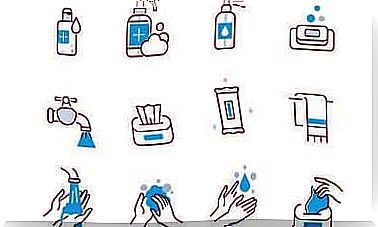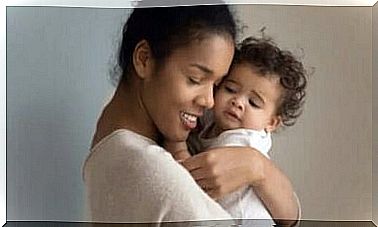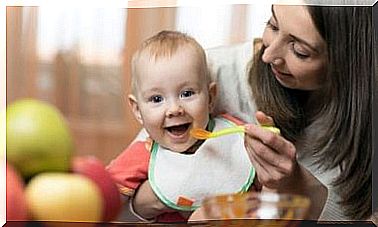How To Interpret The Colors In Children’s Drawings?
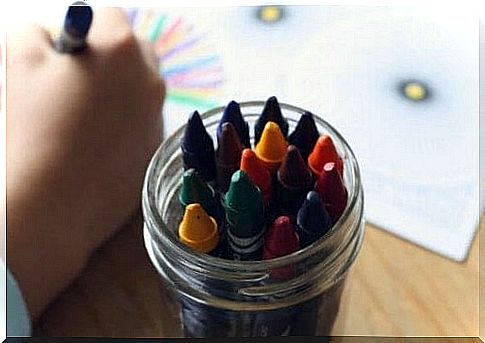
For a long time, colors and emotions have been the subject of study by various branches of psychology. A person’s affinity or rejection of certain colors has its roots in the emotional sphere.
Do you know how to interpret colors in children’s drawings? in this article we will provide you with some keys to interpretation to get you closer to understanding your child’s behavior and ideas.
Leaving aside the traditional concepts and iconology of what certain colors represent for a culture, the fact of identifying with certain shades can reveal behaviors and predispositions of the soul.
Not only the shapes, the intensity of the stroke and the narration of the drawing can indicate what happens in the thoughts of children. Even the choice of colors with which to create a representation speaks in a strong and clear way of their emotional state.
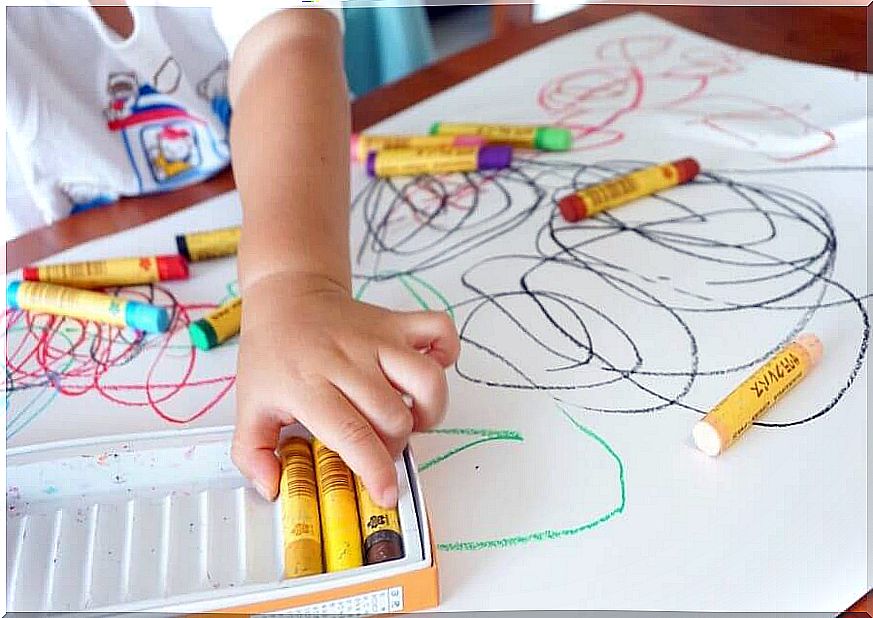
The colors that recur most often in children’s drawings
Although there are some colors that recur more often than others for the simple reason that they are the ones in every pack of crayons, children still make different combinations. In this sense, it is good that you know that the mixtures of light and light colors characterize a calm child and more connected to his emotions. On the other hand, the choice of intense color combinations generally signals active and energetic children with marked feelings, including aggression.
Light blue
It is a color associated with tranquility, well-being and relaxation. Generally, it is a color that is chosen as a favorite by quieter and even shy children. In addition, it awakens their sensitive side and creativity in the little ones. Children who use this color are believed to develop self-control even at an earlier age.
It also happens that some children who use this color frequently suffer from a condition called enuresis, a personality disorder of emotional origin.
Red
Red is a color that attracts a lot of children’s attention, thanks to its intensity. Its use can give rise to two interpretations:
- If the child uses it with considerable frequency, it can indicate a hostile child, who harbor feelings of repressed anger.
- If its use is moderate it can signal vitality and energy.
Black
Contrary to what one might think, it is a color that is not linked to negative or depressive moods. Instead, it describes a child with good self-esteem and self-confidence. Regarding the use of this color, the specialist will also have to evaluate the intensity of the stroke, because if it is very marked it could have other meanings.
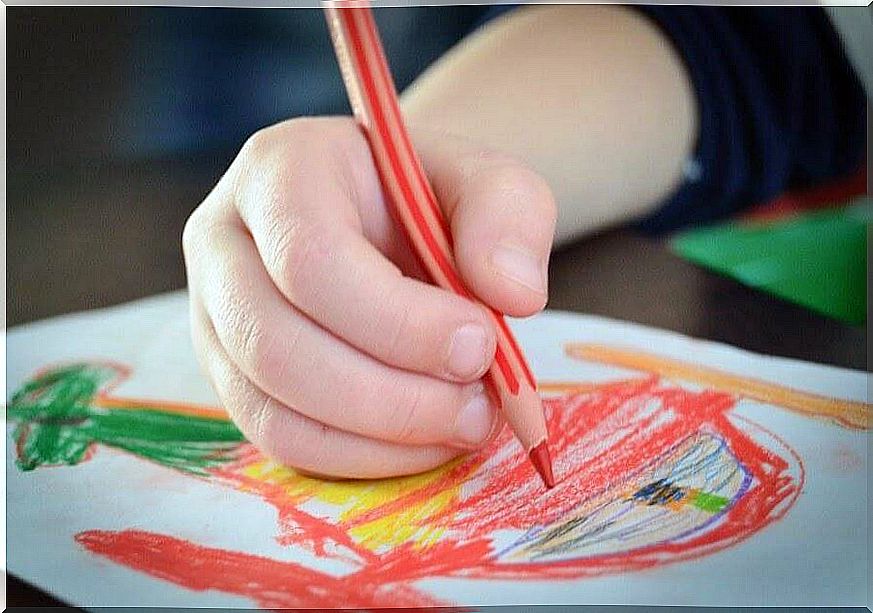
Brown
This is a color related to responsibility. In this sense, when children choose it they manifest the presence of intelligence and prudence. Its overuse, on the other hand, generally indicates that they feel overwhelmed by daily activities.
Yellow
Yellow is synonymous with energy, dynamism, cheerfulness and sociability. It is a color that speaks of a happy child, in which all the goodness and virtues associated with childhood are included. However, his exclusive choice at the moment of drawing signals the presence of problems with authority figures.
Green
An exaggerated use of this color in drawings may indicate that the child is lazy and has some degree of shyness and inhibition. On the other hand, it is also endowed with the meanings universally attributed to this color: hope, tranquility and a feeling of harmony.
Violet
The use of this color signals that the child may be feeling melancholy, dissatisfied and restless due to some circumstance. An exaggerated use of it, just like in the case of yellow, indicates that the little one feels oppressed by some kind of pressure.
Finally, we would like to let you know that these analyzes are subject to margins of error, depending on the interpretation and use of colors or their combinations. In any case, we recommend that you have a more structured evaluation carried out by a psychoanalyst, in order to arrive at a correct and truly conclusive diagnosis.



